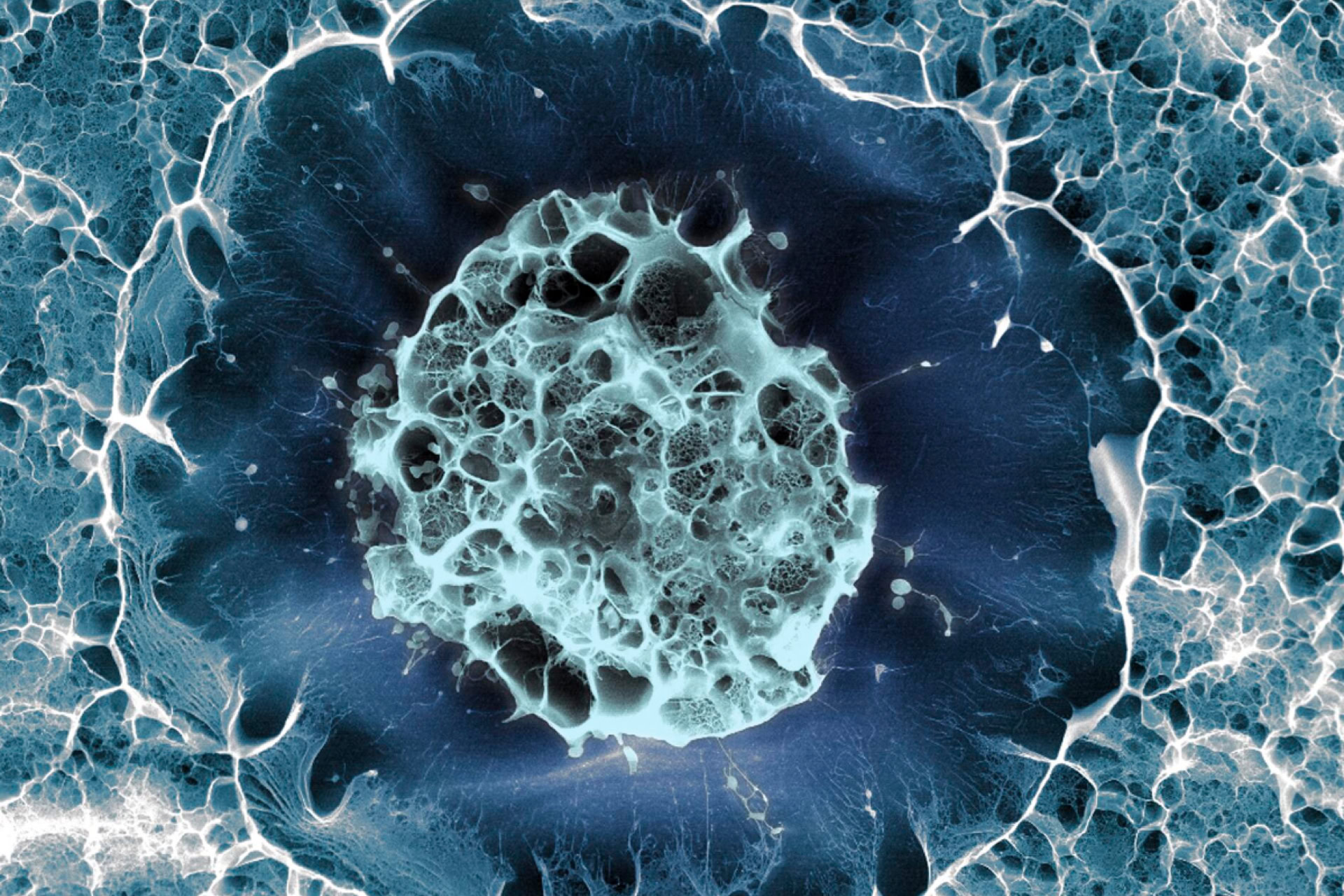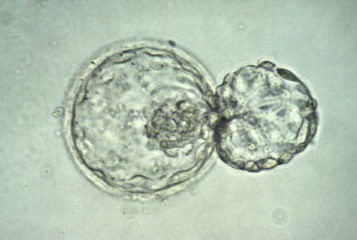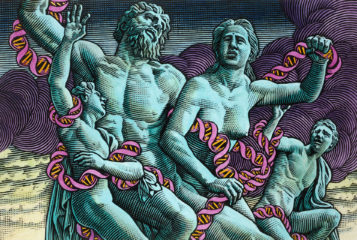Scientists at Harvard Stem Cell Institute and the University of Washington in the US have generated 10 stem cell lines from the skin of patients with specific genetic disorders, including muscular dystrophy, Parkinson's disease, Huntington's disease, juvenile diabetes and 'bubble boy disease', a rare immunodeficiency disease. The Stem Cell Institute aims to generate many more stem cell lines to create a library of disease-specific stem cells that will be available to researchers worldwide. 'This enables us to model thousands of conditions using classical cell culture techniques,' said Professor George Daley, associate director of the Stem Cell Program at Boston Children's Hospital, who lead the research. 'The hope is that this will accelerate research and it will create a climate of openness', he added.
Published in the journal Cell, the research group reports that it used the novel induced pluripotent stem cells (iPS cells) method to generate the stem cell lines. The news follows from last week's announcement that another team from the Harvard Stem Cell Institute reprogrammed the skin cells of a patient with amyloid lateral sclerosis (ALS) into iPS cells and nerve cells. This new technique for creating embryonic-like stem cells circumvents the need to use human eggs or embryos to generate stem cells. First described by Professor Shinya Yamanaka at Kyoto University in 2007, iPS cells are generated by introducing four key stem cell genes - Oct3/4, Sox2, Klf4 and c-Myc - into adult human skin cells using viral vectors. The reprogrammed skin cells are pluripotent - they have the potential to grow into any other cell type in the body, such as nerve or pancreatic cells. By exposing the stem cells to different chemical signals, researchers can stimulate the cells to become different types of tissue.
The iPS cells also have the potential to be grown indefinitely, and represent an unlimited source of cells for research. This will enable researchers to study the disorders - which were previously inaccessible - in the lab, and to test new drugs. 'This is a broader and more important collection of degenerative diseases for which there are no good treatments and, more importantly, no good animal models,' said Professor Doug Melton, Harvard Stem Cell Institute co-director. 'The cells will allow researchers access for the first time to cell types of interest, to watch the disease progress in a dish, to watch what goes right or wrong...We'll see in the years ahead that this opens the door to a new way of treating degenerative disease.'
The Institute also plans to make the cell lines available to other research groups internationally. 'We'd like an open-source model of distributing these agents all over the world,' said Professor Melton. An 'iPS core' facility has been set up at the Massachusetts General Hospital for the storage and distribution of the stem cell lines, which will be distributed 'virtually free' to research groups that request them
Both Daley and Melton stress that studying human embryonic stem cells is still an essential avenue of research. 'Even through the iPS methodology gives us a facile way for making disease-specific lines, it does not eliminate the value or need for continuing to study human embryonic stem cells,' said Daley. 'Those are the really gold standard for pluripotent stem cell types. They have no genetic modifications and, at least for the foreseeable future, and I would argue beyond that, are going to be extremely valuable tools...Human embryonic stem cells allow you to ask questions that we never can ask with iPS cells.'





Leave a Reply
You must be logged in to post a comment.